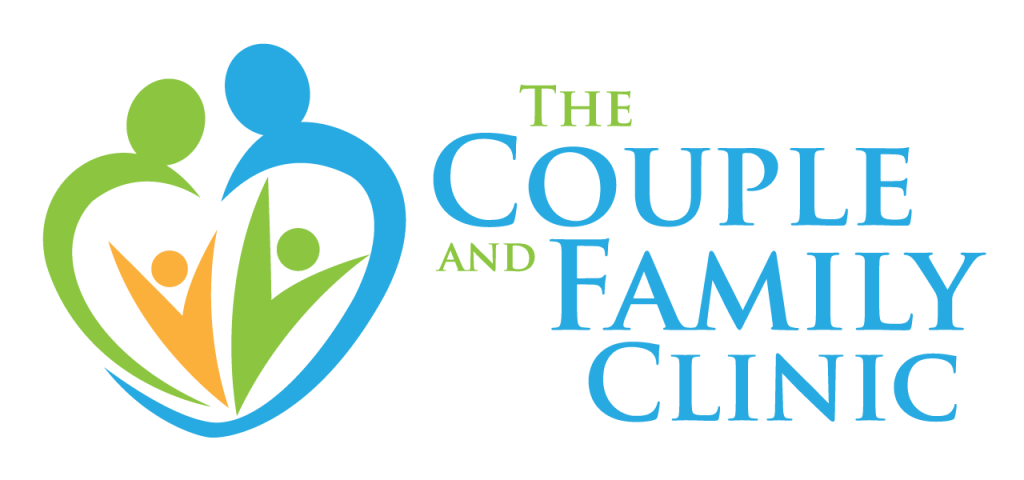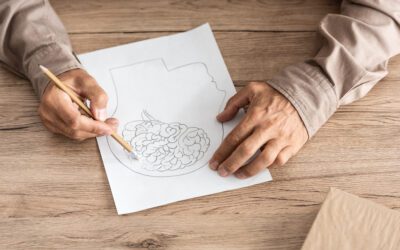The Origins of the Practice of Conversion Therapy
In 1899, German psychiatrist Albert von Schrenck-Notzing claimed that he could alter a man’s sexual impulses through the use of hypnosis. After 45 hypnosis sessions and some trips to a brothel, the pioneering innovator was convinced he had discovered a long lasting intervention to “fix” the “problem” of having sexual desires for another person of the same sex – aka – desires that did not conform to society’s standards. The view of homosexual behavior as sinful, deviant, and criminal had persisted for hundreds of years – thousands when we consider religious objections in the middle ages – but in this era the medical community of psychiatrists and doctors were beginning to label gay sex in medical terms and looking for a “cure”.
A Brief Look at Outdated Theories of Why People Were Homosexual
One notable Austrian endocrinologist by the name of Eugene Steinach proposed that homosexuality had its roots inside of a man’s testicles. Unfortunately, this led to the castration of many gay men in the 1920s. They were given “heterosexual testicles”. Basically they implanted a small piece of testicle “from a man with normal feelings” into a homosexual man during an inguinal hernia operation – without telling him. “15 days after the operation he had a strong desire for women” and eventually had intercourse. Freud theorized that all people were born bisexual and that conditioning would influence a person one way or the other. New psychiatric interventions were developed to “cure” gay people.
Continuing the History of Medical Interventions
At this time in our all too recent past (circa 1950s and 1960s), Electroconvulsive therapy, lobotomies, and shock therapy were used to change homosexual behavior. A telling of the patient’s experiences in Britain when these techniques were in peak use can be found here. Robert Galbraith Heath, a psychiatrist in New Orleans would stimulate pleasure centers of the brain and pair these experiences with exposure to prostitutes and heterosexual pornography. An opposite strategy known as Aversion Therapy was developed in which the subject would experience chemically induced vomiting when they looked at pictures of their lovers. Others were given electric shocks, sometimes directly to their genitals while they looked at gay pornography or cross-dressed. Any claims that these “cure rates” were 50% successful have never been satisfactorily documented.
The Culture Continued to Shift into the 1970s
In 1973, the APA removed homosexuality from the DSM, the Diagnostic and Statistical Manual of Psychiatric Disorders, and the medical community began to discontinue techniques that it had once championed. As the LGBT community continued to become more and more visible in society, the reaction from self-proclaimed “experts” and faith-based groups took up the charge to continue to “heal the sinners”. These individuals began to brand their approach as “reparative therapy” or “conversion therapy”.
Their methodologies spanned from talk therapy to exorcism, and yes, back again was the all too familiar hypnosis. Full circle. Conversion therapy aims at changing an individual’s sexual orientation or gender identity. Conversion therapists use a variety of shaming, emotionally traumatic or physically painful stimuli to make their victims associate those stimuli with their LGBTQ identities.
Next in the queue I’ll be writing in June of 2019 on Conversion Therapy – Part 2: Where it Stands Today. Check back soon!
Robin S. Smith, MS, LCMFT is a Licensed Marriage and Family Therapist in clinical practice in Bethesda MD, and specializes in relationship issues for couples, families, and individuals, for improved quality of life. His clinical specialties include: transition to parenthood for new and expecting parents, infidelity, sex and intimacy issues, premarital counseling, and trauma. Robin has given talks to various groups including hospital administrators, graduate students, therapists, and child birth educators. He is the primary contributor to The Couple and Family Clinic Blog.

Robin S. Smith, MS, LCMFT is a Licensed Marriage and Family Therapist in clinical practice in Bethesda MD. As an MFT, he specializes in relationship issues for couples, families, and individuals, for improved quality of life. His areas of expertise include: transition to parenthood for new and expecting parents, infidelity, sex and intimacy issues, premarital counseling, and trauma. Robin has given talks to various groups including hospital administrators, graduate students, fellow psychotherapists, and child birth educators. He is the primary contributor to The Couple and Family Clinic Blog.


